Monte Grappa: A mountain whose time has come
Historical battleground that will play host to the Giro's war
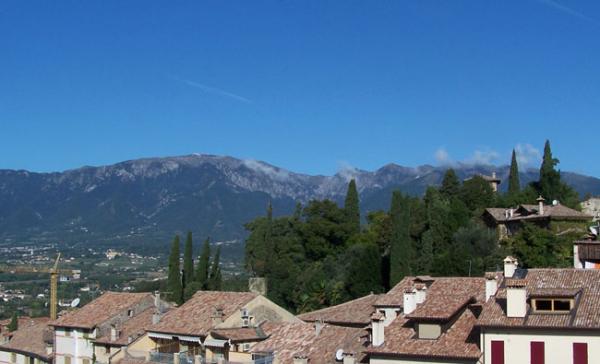
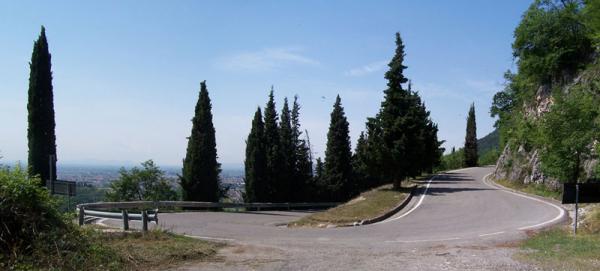
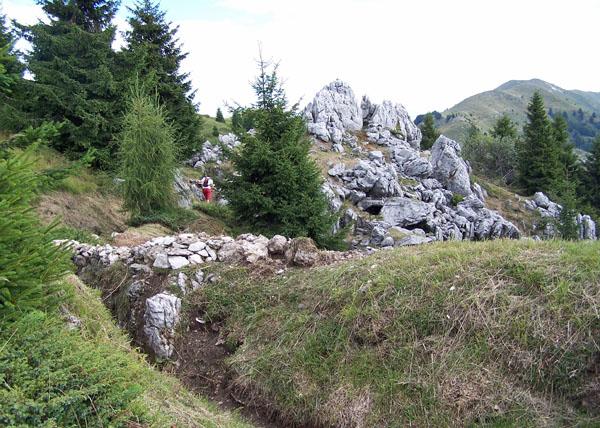


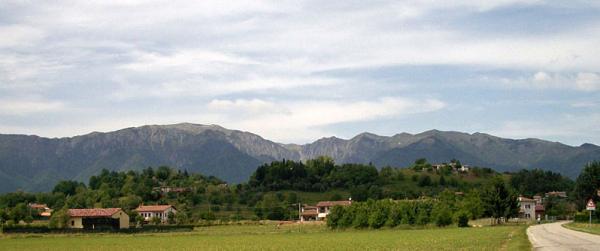



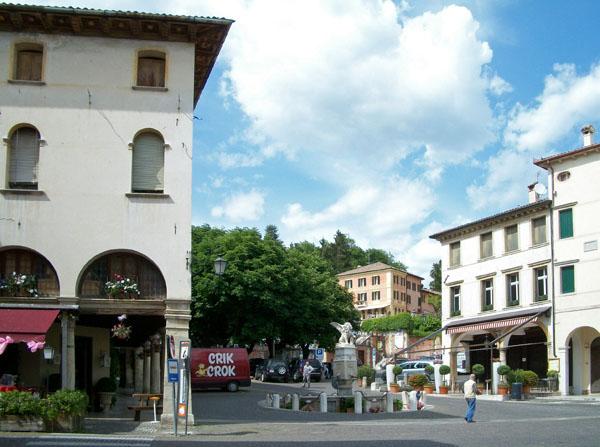
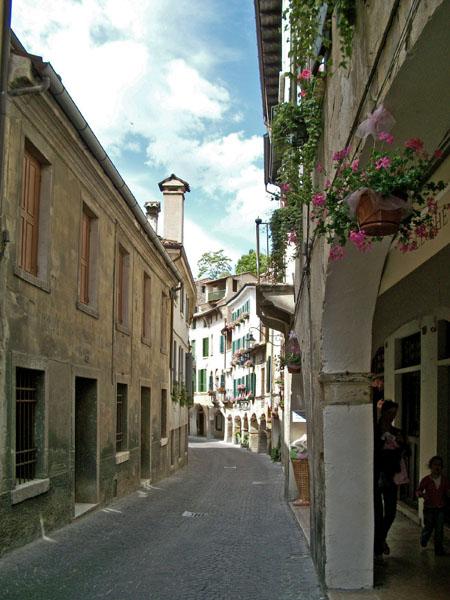
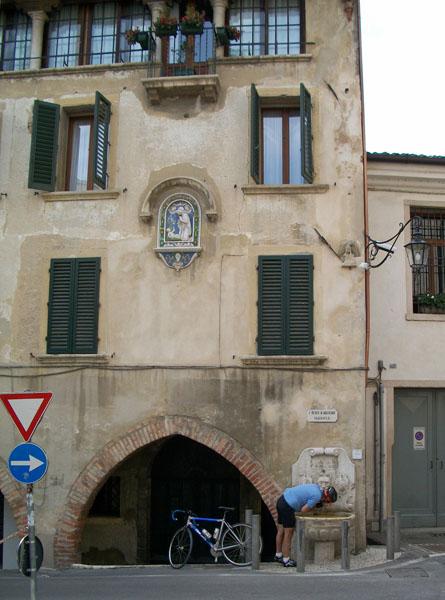
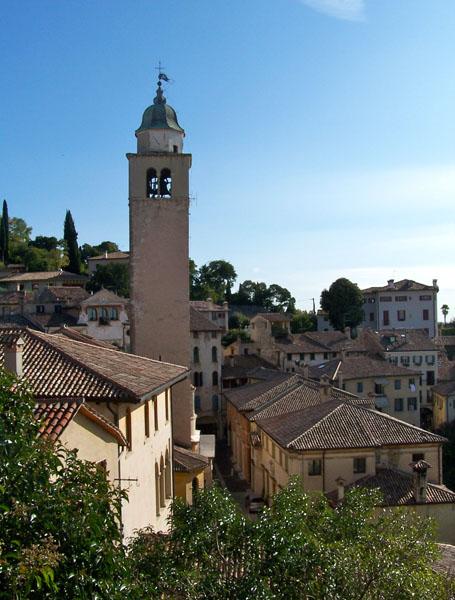
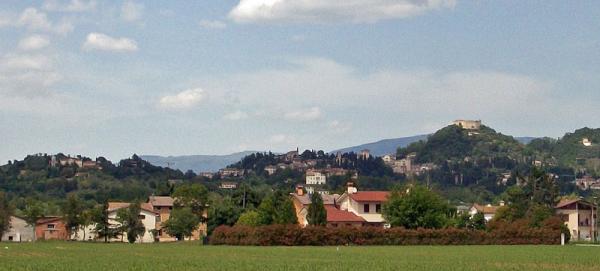
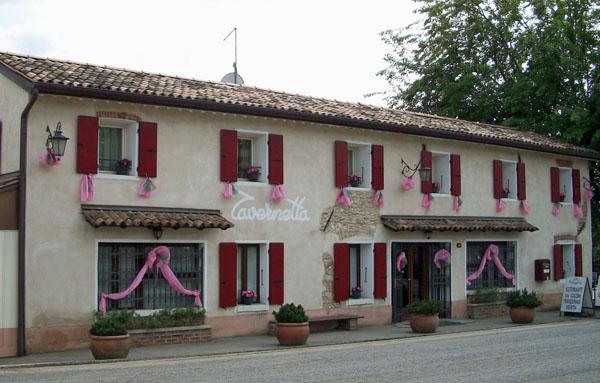
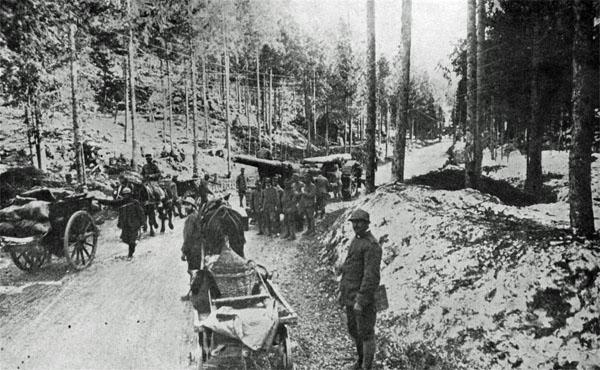
Asolo - the 'city of a hundred horizons', 'pearl of the Veneto', an enchanting town beloved by generations of poets, artists, writers and composers and Monte Grappa - the sacred battleground and resting place of the dead. A city of life and a mountain of death: the two iconic poles of the Giro d'Italia's 14th stage.
The riders of the Giro will see both from afar as they storm north across the flatlands of the Po Valley: Asolo, perched along a succession of small green hills at the base of the pre-Alps, easily recognisable by the oddly-shaped medieval fortress, La Rocca, which looks down upon it from the summit of Monte Ricco. Monte Grappa, rising abruptly from the plain, immense, imposing, mystical.
Asolo: Akelon to the Paleoveneti of 900-1000 BC, Acelum to the Romans. Invaded by barbarians after the fall of Rome, ruled by the tyrant Ezzelino III in medieval times, annexed to the Venetian Republic, sold by Napoleon to the Austrians, annexed to the young Kingdom of Italy in 1866.
This tiny city with a turbulent history is today an oasis of tranquillity, culture, and grace, beguiling visitors with frescoed 15th century palazzi, churches bearing art treasures, arcade-lined streets with stone pavements, a medieval castle, flower-decked balconies, lovely stone fountains, Gothic windows.
The riders will only pass through it on their way to Monte Grappa, however; the centre of town is simply too small and too delicate, to hold a stage finish. The descent of il Grappa will take the riders to the main road which runs along the base of the hills, straight to the finish line in Casella d'Asolo, on the flats.
They will make their way along a narrow, arcaded street past the house of poet Robert Browning (who declared that there was no place in the world that could be compared with Asolo), the cathedral hosting works by Lorenzo Lotto and Jacopo di Bassano, the Caffè Centrale, where Hemingway once imbibed, a fountain fed by a Roman aqueduct, the castle of Queen Caterina Cornaro of Cypress, who ruled here in the late 1400's, and the home of famed stage actress Eleonora Duse.
The race will pass through Possagno, with its striking neoclassical temple (and the starting point of the third hardest climb in Italy). At this point, the Giro caravan will be traversing the lower slopes of Monte Grappa.
The latest race content, interviews, features, reviews and expert buying guides, direct to your inbox!

Historic slopes where new battles will take place
Il Grappa: Vast, 100km in circumference, bounded on the east by the River Piave, with the Trevisan pre-alps, where Prosecco grapes are grown, albeit on the other side. To the west, the River Brenta divides Monte Grappa from Asiago Plateau. To the north, just beyond the valley, are the Dolomites.
Il Grappa is green, inviting, breathtaking, blanketed with orchids, gentians, cyclamens, lilies, anemones, primulas, and even stelle alpine (edelweiss). There are densely forested slopes, pastures where cows peacefully graze, malghe that turn their milk into morlacco, bastardo and ricotta. There are rifugi (mountain refuges) trattorie and agriturismi that serve up hearty local cuisine such as polenta, cooked cheese, Lamon beans, sausages, mushrooms.
A wonderful place for a picnic, hike, bike ride, or paraglider flight... But look closely; what are all those depressions in the ground? Those odd ditches zig-zagging across the landscape? Those tunnels cut into the rock? Shell craters. Trenches. Gun emplacements. You are standing in a place of unimaginable slaughter, bloodshed and suffering.
Rich Galli, in his fine article, Monte Grappa - Italy's Thermopylae, recounts the three battles on Monte Grappa. May this brief excerpt come to understand a little of the significance of this sacred place and the sacrifices of those who fought here:
"In snowstorm or cloudbank, close quarters combat was both unavoidable and instantaneous. Thrashed, often hastily regrouped Italian units faced continued attacks by the best units of the German and Austrian army.
"On Monte Grappa the Italian Army did not break down. Outnumbered, outgunned, with their backs to the abyss and their faces to onrushing enemy and winter weather, they found a renewed spirit that would carry on until victory the following year. They opposed German flamethrower and gas with rifle and bayonet counterattacks.
"Against torrents of artillery and trench mortars, these soldati hurled hand grenades and finally without ammunition, the mountain's stones... In late 1917 it was not only the troops on the front line who rallied to fight on. The entire nation held its breath, and as with the army, a new spirit gripped the Italian people.
"In a nation of endless mountain ranges, the survival of one peak would decide Italy's fate."

At the top of the Monte Grappa is a huge monumental zone of white stone, including a mausoleum holding the bones of 23,000 Italian and Austro-Hungarian troops who went up this mountain in 1917 and 1918 and never came down. The Italians are on the south side, facing the land they died defending; their enemies on the north side, from where they came. One of them was a youth named Peter Pan.
There are many soldiers, though, whose bones do not repose in this imposing place: many still lay where they fell, revealed now and then by the ravages of time and weather, or, as happened a few years ago, uncovered by volunteers cleaning and restoring the old trenches.
The riders of the 93rd Giro d'Italia, then, will ride across hallowed ground, through a cemetery. They will ascend the Strada Giardino, just one of nine routes to the summit - another unusual and intriguing aspect of this fascinating mountain.
It's a long climb, as are all the climbs up Grappa: almost 19km, with 21 tornanti (switchbacks). And it's a steep climb, as are all the climbs up Grappa, with an average gradient of eight percent, a 2.3km section at 10.8 percent, and ramps of up to 15 percent.
On the first part of the climb, the road is lined with stately cypresses and other vegetation which offers a little shade, but the second, harder, part is all in the open, exposed to scorching sun. It's one of the hardest routes up a mountain where, on a scale of one to five, all the routes are rated 4-5+ in difficulty.
But it's not the hardest. An even harder route starts in Pederobba, at the southeastern end of the massif, and winds its way through Monfenera on its way to the summit over a distance of more than 25km. The honour of hardest goes to the aforementioned Via degli Alpini, from Possagno to Bocca di Forca, on the south rim of the massif.

The Giro caravan will descend the Strada Cadorna (a WWI military road), the 'classic' route, 26.5km long, and rated 'only' a four on the difficulty scale. This is the benchmark route, the one on which times are taken and records set.
Marco Rullo (aka Ron Hudson) claims to hold the record of 1.02:34, though Dr. Giancarlo Andolfatto, owner of the Non-Profit Center in Romano d'Ezzelino, at the foot of Monte Grappa, and organiser of the Cronoscalata Monte Grappa, recognises the record of 1.04:32 set in 2007 by Alessandro Magli.
Setting the record for the fastest time is not the only way to make cycling history on Monte Grappa, however. Local legend Simone Temperato, better known by his nom de velò, Magico Tempe, will ride up the climb before the race arrives - except that he will ride a wheelie the entire way! He also climbed the entire classic route the same way - except that he carried a bicycle on his back!
Another local legend is a certain Signor Ballan from Galliera, on the plain. His claim to fame? He rides up Monte Grappa every day! Actually, every day he can, which sometimes means many consecutive days, and amounts to thousands of times by now, always by the classic route. In the winter he carries some special apparel for the descent. He even goes at night, wearing a headlamp!
"Who is the oldest person known to have ridden Monte Grappa?," we asked Dr. Andolfatto. We'd read somewhere about a local in his nineties, but he could not confirm this. The oldest he knows of is 81-year-old Ferruccio Lunardon, who also concocted a singular concept: the Brevetto del Grappa.
Participants enrol at the Non-Profit Center at a cost of 10 euro, and receive a folded sheet with their name printed on it, and a section for each of the nine ascents up Monte Grappa. Each climb has a designated starting point (a bar, caffè, or osteria), and all finish at Rifugio Bassano, a refuge/hotel/restaurant at the summit.
During the course of the season, you ride as many of the climbs as you are able, each time getting the official start and finish stamps in the appropriate section. At the end of the season, those who complete three, six or nine of the routes will receive bronze, silver, or gold brevets, respectively.
If this sounds too easy you might want to try the Monte Grappa Challenge, held on July 17. The four courses - 'Basic', 'Medium', 'Strong' and 'Extra Strong' include two, three, four or five climbs, respectively. For the ultimate challenge, combine any of those courses (except 'Basic') with the long course of the Pinarello Cycling Marathon (ex-Gran Fondo Pinarello), which is run the following day, and includes yet another of the nine ascents, and voilà! You have the Monte Grappa Ultra Marathon.
The annual classic road race, Bassano-Monte Grappa (won by riders of the calibre of Gino Bartali and Damiano Cunego), almost pales by comparison.

At this point you're asking: "Why isn't this mountain famous like Alpe d'Huez or Mont Ventoux?" It's the Tour de France that has made these mountains legendary. But in the 100-year history of the Giro d'Italia, Monte Grappa has only been climbed four times, the last one in 1982.
We asked Dr. Andolfatto if he thought it was due to the huge expense (several hundred thousand euro). He believes, instead, that it's simply because all the climbs on Monte Grappa are much longer other most climbs used in the Giro.
It no longer matters when the Giro will return to Monte Grappa. The 2010 race, seen around the world in more countries than ever before, thanks not only to increased television coverage but to the internet, will introduce this magnificent mountain to millions of spectators, many of them cyclists who will be eager to test themselves on its demanding slopes. Its time has come.